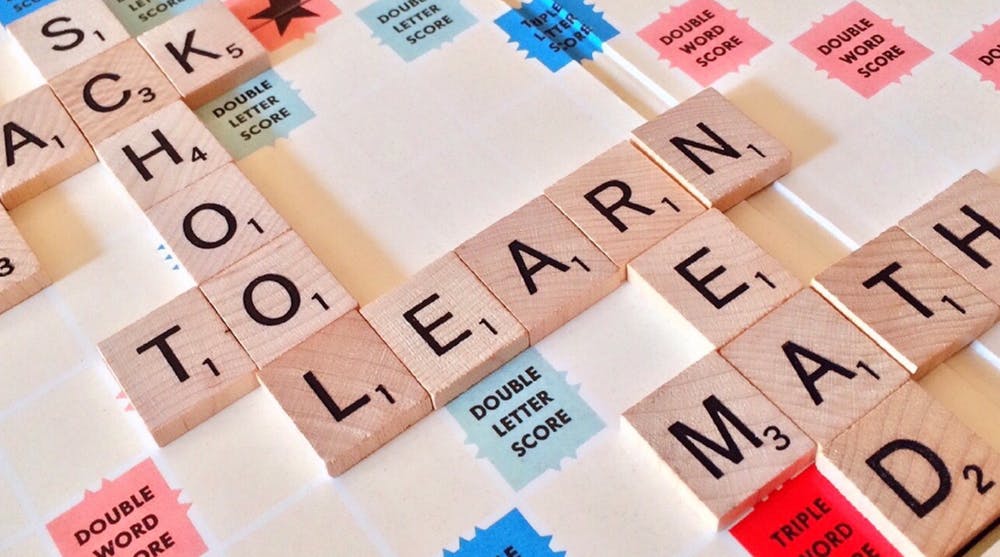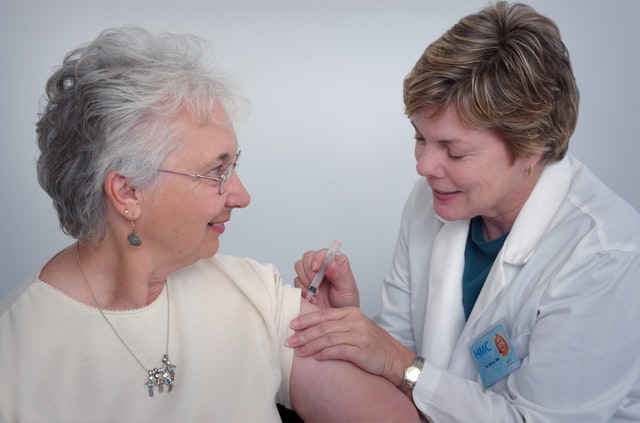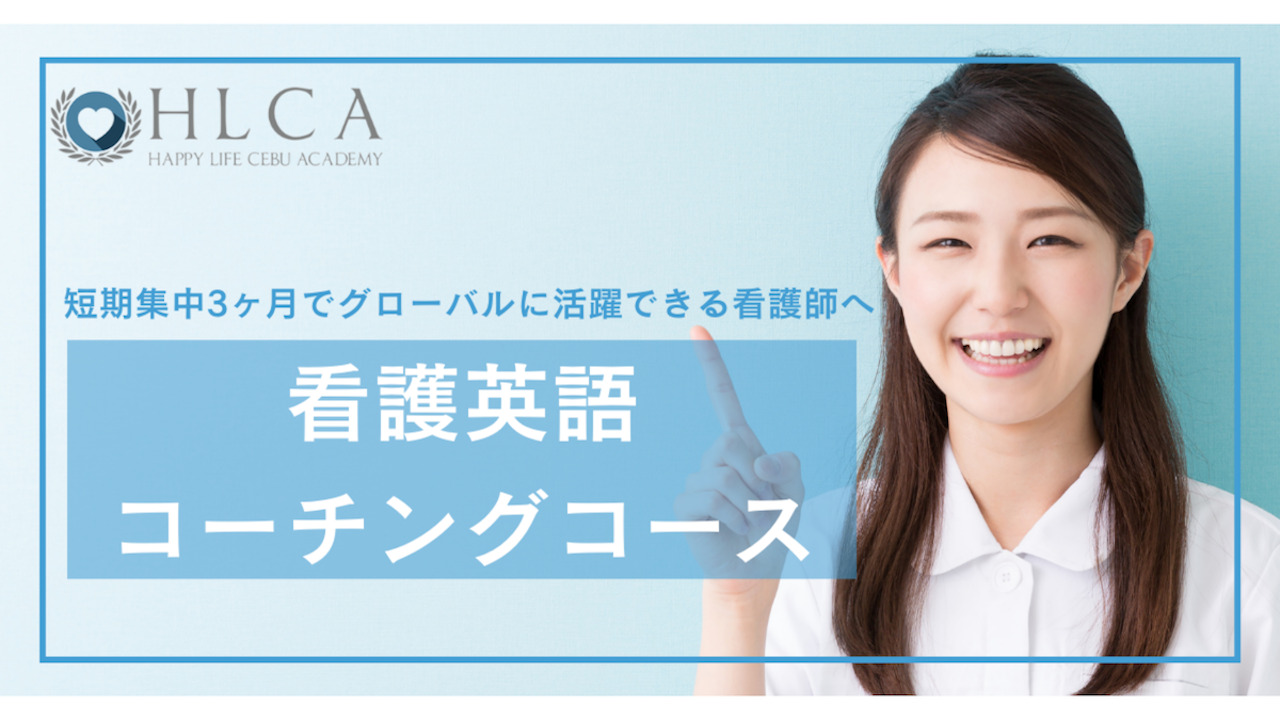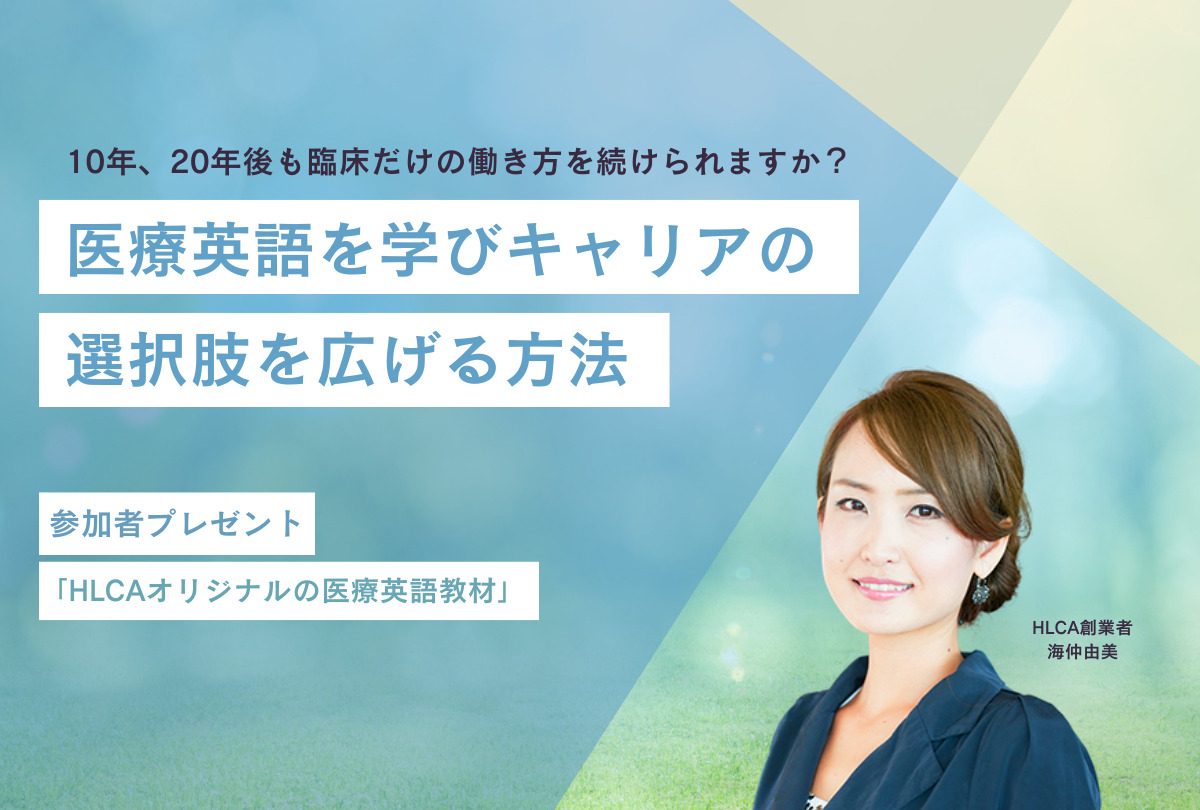今日のティーチャーChaのポイントレッスンはビデオレッスン②ESLでよくある文法間違い5選です!
ビデオと英語スクリプト、日本語翻訳がありますので色々なパターンでこの動画を活用してもらえればと思います。
【HLCAで医療英語を学びませんか?】 医療専門の英語学校・看護留学のHLCAは、医療英語を学ぶことができたり、 海外ボランティアを通じ海外医療について学ぶことができる語学学校です。
「医療英語を最短で習得したい」 「海外医療現場の経験を積みたい」 という方は以下からお問い合わせください!
医療留学のプロによる無料のカウンセリングも受け付けております。
One Point Video Tutorial Script 5 Common ESL Mistakes
Hi everyone! It’s me again and we are on our second video lesson.
Learning a second language is no easy task. For starters, you have to familiarize so many rules that it is only natural to commit a lot of mistakes. In this video, I will be talking about the five common grammatical mistakes made by ESL students.
Number one. The countable and uncountable noun error.
In English, making nouns plural can be confusing. Well, we just have to remember that countable nouns refer to things that can be counted and made into plurals. For example, six cats, a hundred cars, three children. On the other hand, uncountable nouns refer to things that cannot be easily counted and usually have no plural forms. For example, love, wisdom, money. Now ESL students tend to make this mistake of making uncountable nouns plural when it should be singular.
For example in this sentence:
- Incorrect: They have got lots of furnitures.
- Correct: They have got lots of furniture.
Furniture is an uncountable noun and thus has no plural form.
Another mistake is making countable nouns singular when it should be plural.
For example, in this sentence:
- Incorrect: The box contained many photo of my family.
- Correct: The box contained many photos of my family
Here in this sentence, we need the plural form of the noun photo.
Another common ESL mistake is using incorrect article or not using any at all! We have three articles in English: we have a, an and the. A and an are used before a nonspecific singular countable noun. For example, a cat, a movie, an airplane. While the article ‘the’ is used before a specific singular or plural noun. For example, the cat. Here, we are talking of a specific cat. Or the movie, the furniture or the future. But be careful, many uncountable nouns require no article at all.
For example, in this sentence:
- Incorrect: The men bowed to show the respect.
- Correct: The men bowed to show respect.
We don’t need an article before the word respect. Or in this sentence:
- Incorrect: There was beautiful sunrise in the morning.
- Correct: There was a beautiful sunrise in the morning.
We need an article before the adjective beautiful.
Or in this sentence:
- Incorrect: There was an oranges on the table.
- Correct. There was an orange on the table.
Remember that we use an before a singular noun only. A and an actually have the same meaning, but we use “a” before a consonant sound, for example a girl. And we use an before a vowel sound: an airplane or an orange. And we also use an before a silent H sound. For example, an hour.
On our number three is the use of the wrong verb tense. The use of the wrong verb tense does not indicate clearly when an action is, was or will be completed.
For example:
- Incorrect: Yesterday, I walk to school and I see a dog and cat.
- Correct: Yesterday, I walked to school and I saw a dog and cat.
The action was completed and thus it needs the past tense of the verb and not the present tense.
Another example:
- Incorrect: It is raining for two days.
- Correct: It has been raining for two days.
Here we need the present perfect continuous “has been raining” instead of the present continuous “is raining”, since the action has started in the past, has gone on ‘til the present and is continuing to the future.
On our number four is incorrect capitalization.
To non-native speakers, the rules of capitalization in English is quite confusing. Incorrect or missing capitals is a common ESL mistake. For example, in this sentence:
- Incorrect: This year i will be going to tokyo to study at University.
- Correct: This year I will be going to Tokyo to study at university.
With a capital I, a capital T and a small letter u in university. As a basic rule, we should always capitalize I. While we should also capitalize the T in Tokyo since it is a proper noun. However, we don’t capitalize the U in University since it is a common noun.
Let’s just stick to these basic rules:
- Always capitalize “I”
- Capitalize proper nouns, which include names of people, places and organizations
- Do not capitalize common nouns (for example: car, pen, school)
- Always capitalize the first letter of a new sentence
- Capitalize weekdays, holidays and months of the year
On our number five and the last on our list is Repeated Subject.
In this sentence:
- Incorrect: My engineering professor she is very smart.
- Correct: My engineering professor is very smart.
Remember that the subject of a sentence should not be repeated in pronoun form. In the example, we don’t need the pronoun “she” as this would sound redundant.
【日本語訳】
Hi!みんな。私たちの学校のビデオレッスンです。 第2言語を学ぶのは簡単なことではありません。 初心者のかたはたくさんのルールを習熟しなければいけません。たくさんミスをするのは当然のことです。 このビデオは語学学校の生徒によくある文法の間違い5つについて話したいと思います。
No.1数えられる名詞と数えられない名詞における間違い 英語では名詞の複数形がややこしいです。 まずは数えられる名詞を複数形にして覚えることです。例えば6匹のねこ、100台の車、3人の子供。 一方、数えるのが難しい名詞はたいてい複数形がありません。例えば愛♡、知恵、お金。 さて、語学学校の生徒が間違えやすい、数えられない名詞の単数形であるべき表現が複数形になってしまうのがこの文章です。
不正解→They have got lots of furnitures. 正解 → They have got lots of furniture. ※彼らはたくさんの家具を所有している。
『家具』は数えられない名詞で複数形はありません。 もう一つは数られる名詞を複数形にするべきなのに、単数形になったままの間違いです。
例えばこれ 不正解→The box contained many photo of my family. 正解 →The box contained many photos of my family. ※その箱に私の家族のたくさの写真が入れられてるよ。
この文章では名詞の写真を複数形にしなければなりません。
もうひとつのよくある間違いは冠詞を間違って使うもしくは全く使わない! 3つの冠詞がありますよ。aとanとtheです。Aとaは数えられる不特定の名詞の前につけます。 例えばa cat, a movie, an airplane(猫、映画、飛行機)。
冠詞のtheは特定の名詞の前に使われます。例えばthe cat(その猫)のように私たちは特定の猫について話しています。またその映画、その家具、その未来などです。でも気を付けてください。たくさんの数えられない名詞が冠詞を伴わず使用されます。
例文 不正解→The men bowed to show the respect. 正解→ The men bowed to show respect. ※その男性はお辞儀をし敬意を示した。
Respectの前には冠詞は必要ありません。
例文 不正解→ There was beautiful sunrise in the morning. 正解→ There was a beautiful sunrise in the morning. ※今朝は美しい日の出でした。
形容詞Beautifulの前に冠詞が必要です。
例文 不正解→There was an oranges on the table. 正解→There was an orange on the table. ※オレンジがテーブルの上にあります。
anは単数形の名詞の前だけに付けると覚えましょう。Aとanは実質同じ意味ですがaは子音の前、例えばa girlのように。Anは母音の前、例えばan airplaneやan orangeのようになります。また発音しないHの前にも使います。例えばan hourです。
3つ目は、動詞の時制間違えです。間違った時制の動詞はその行動が過去、現在、未来なのかはっきりと示しません。
不正解→Yesterday, I walk to school and I see a dog and cat. 正解→Yesterday, I walked to school and I saw a dog and cat. ※昨日学校に行くとき猫と犬を見ました。
行動は完了しているので現在形ではなく過去形にする必要があります。
その他の例 不正解→It is raining for two days. 正解→It has been raining for two days. ※2日間雨が降り続いている。
ここでは進行形ではなく現在完了形で表します。過去に起きて今もなおその状態が続いているときです。
4つめは大文字使用についてです。
ノンネイティブスピーカーにとって大文字使用のルールはかなりややこしいです。間違っているもしくは大文字にできていないのは語学学校でよく見られる間違いです。
例文です。 不正解→This year i will be going to tokyo to study at University. 正解→This year I will be going to Tokyo to study at university. ※今年私は東京の大学へいきます。
IとTは大文字、uは小文字。基本ルールとしてIは常に大文字にしなくてはいけません。Tokyoのような固有名詞は大文字にしなければいけません。しかし「普通名詞」は頭文字は小文字です。これらの基本ルールに従っていきましょう。
1.Iは常に大文字で 2.固有名詞(場所や人や組織名)は大文字で 3.普通名詞には大文字にしない(車、ペン、学校等) 4.新しい文章の始まりは必ず大文字 5.曜日や祝日、月や年も大文字ではじめる
最後5つ目は主語の繰り返しについてです。
不正解→My engineering professor she is very smart. 正解→My engineering professor is very smart. ※私のエンジニアリングの教授はとても頭が良い。
ひとつの文中で主語を名詞のまま繰り返してはいけないと覚えておいてください。例文の中で代名詞Sheが重複しています。
















